Price:₹4,500.00
Bhrigu Lake is a Named after the ancient sage Bhrigu, who is one of the Saptrishis (seven great sages in Hindu tradition – 2025
The Bhrigu Lake trek is a popular trekking route located in the Indian state of Himachal Pradesh, specifically in the Kullu Valley. The trek takes you to the pristine Bhrigu Lake, which is nestled at an altitude of approximately 4,300 meters (14,100 feet) above sea level.
Historical and Mythological Significance
Bhrigu Lake is deeply rooted in Hindu mythology and holds immense religious significance. Here’s a look at the lake’s rich historical and mythological background:
- Sage Bhrigu’s Legend:
- The lake is named after the ancient sage Bhrigu, who is one of the Saptrishis (seven great sages in Hindu tradition). It is believed that Sage Bhrigu meditated here, and the lake became sacred because of his presence.
- According to local legend, the lake never freezes completely, even during harsh winters, due to the blessings of the sage. Pilgrims believe that Bhrigu still visits the lake occasionally to meditate.
- Religious Importance:
- The lake is considered sacred by the locals of the Kullu region, and many make pilgrimages to this high-altitude lake.
- Some villagers believe that the lake was once used by the gods for religious gatherings.
- Cultural Beliefs:
- Because of its religious significance, it’s believed that taking a dip in Bhrigu Lake cleanses one’s soul and frees them from sins.
- Locals also perform small rituals by the lake, considering it to be a holy spot for prayers
During the Bhrigu Lake trek, you will come across several breathtaking viewpoints that offer stunning vistas of the surrounding Himalayan landscape. Here are some notable viewpoints along the trek:
- Gulaba: Gulaba serves as the starting point of the Bhrigu Lake trek. From here, you can enjoy panoramic views of the valley and the snow-capped peaks in the distance.
- Rola Kholi: Rola Kholi is a picturesque campsite located at an altitude of around 3,800 meters (12,500 feet). From here, you can witness spectacular views of the Solang Valley, with its verdant meadows and snow-covered peaks.
- Bhrigu Lake: The highlight of the trek is reaching Bhrigu Lake itself. As you approach the lake, you’ll be greeted with breathtaking views of the surrounding mountain ranges, including peaks like Hanuman Tibba, Seven Sisters, and Deo Tibba. The pristine blue waters of the lake reflect the towering peaks, creating a mesmerizing sight.
- Summit Points: On the way to Bhrigu Lake, there are several points along the trail that offer panoramic views of the Himalayas. These vantage points provide opportunities to admire the rugged beauty of the region, with its towering mountains, deep valleys, and snow-clad peaks.
Landscapes like Switzerland in Bhrigu Lake Trek
The Bhrigu Lake Trek is often compared to Switzerland’s alpine landscapes due to its expansive meadows, snow-capped peaks, and picturesque surroundings. Here’s a breakdown of the Swiss-like landscapes you’ll encounter during the trek:
1. Vast Alpine Meadows
- Description: One of the unique features of the Bhrigu Lake trek is that the meadows appear early in the trek, unlike most high-altitude treks where they appear only after days of climbing.
- Swiss-Like View: These lush green meadows are reminiscent of the rolling hills of Switzerland, dotted with wildflowers in the summer months. The open, grassy slopes offer panoramic views of the surrounding peaks, similar to the scenic pastures found in the Swiss Alps.
2. Snow-Capped Peaks
- Description: As you trek higher, you get spectacular views of towering snow-capped peaks, including Hanuman Tibba, Deo Tibba, and parts of the Pir Panjal and Dhauladhar ranges.
- Swiss-Like View: These distant, snow-covered mountains have a resemblance to the towering summits of the Swiss Alps, creating a dramatic contrast against the green meadows. The sight is especially breathtaking during the early season (June), when snow still blankets parts of the trail.
3. Bhrigu Lake’s Tranquil Setting
- Description: Nestled at a high altitude of 4,300 meters, the lake is surrounded by rocky outcrops and often snow around its edges, creating a serene and peaceful environment.
- Swiss-Like View: The clear blue water of the glacial lake, reflecting the surrounding peaks, evokes images of alpine lakes in Switzerland, such as Lake Lucerne or Lake Geneva, though on a smaller scale. The pristine, untouched beauty of the lake surrounded by towering mountains gives it a postcard-perfect charm.
4. Scenic Forests and Woodlands
- Description: The lower part of the trek passes through dense forests of oak, pine, and cedar, offering cool, shaded paths before opening up to the meadows.
- Swiss-Like View: These thick forests are reminiscent of Switzerland’s dense pine forests in the foothills of the Alps, especially in regions like Zermatt or the Jungfrau area.
5. Flower-Covered Slopes
- Description: During the summer months, especially in June and July, the meadows along the trek are covered with vibrant wildflowers such as rhododendrons, daisies, and buttercups.
- Swiss-Like View: These flower-strewn hillsides are a highlight, creating a vivid contrast with the green grass and snow. The bright colors and open fields look strikingly similar to Switzerland’s famous flower valleys, especially in regions like the Bernese Oberland.
6. Panoramic Vistas
- Description: Throughout the trek, especially from higher points like Rola Kholi and near Bhrigu Lake, you are treated to stunning, uninterrupted views of the Himalayan ranges.
- Swiss-Like View: The vast, open landscapes, where you can see for miles with nothing obstructing the view of the towering peaks, are a close parallel to the wide, panoramic vistas one experiences in Switzerland, particularly in locations like Grindelwald or Interlaken.
7. Clear Blue Skies and Crisp Air
- Description: The trek’s location in the high Himalayas offers clear blue skies, especially during the summer months, and fresh mountain air.
- Swiss-Like View: The clear skies and sharp visibility resemble the bright, crisp mountain views that Switzerland is famous for, creating the perfect backdrop for breathtaking photographs.
Conclusion:
- The Bhrigu Lake Trek offers a combination of lush meadows, towering snowy peaks, tranquil alpine lakes, and dense forests, all of which evoke the picturesque landscapes of Switzerland.
- For trekkers, the scenery is a major highlight, with expansive landscapes that seem to stretch endlessly, resembling the famous postcard views of Swiss countryside and mountain regions.
Brief Details Bhrigu Lake Trek ?
- Location: Near Manali, Himachal Pradesh, India.
- Altitude: 4,300 meters (14,100 feet) above sea level.
- Trek Duration: 02 nights 03 days. from Manali to Manali
- Trek Difficulty: Moderate.
- Best Time to Visit: Mid-May to October, with June and September being ideal.
The best time to visit the Bhrigu Lake trek ?
The ideal time for the Bhrigu Lake Trek is between mid-May to October, with the peak months being June and September. Each season offers a different experience, so here’s a guide to help you decide when to go:
1. May to June (Early Summer)
- Weather: Mild temperatures, with the melting snow giving way to blooming flowers in the meadows. Daytime temperatures range from 10°C to 20°C.
- Trek Conditions: The lower sections of the trail are lush and green, while higher altitudes still have patches of snow, giving you a mixed experience of both summer and winter landscapes.
- Highlights:
- Snow-covered sections near the lake, creating a magical contrast with the greenery below.
- Alpine flowers begin to bloom, making the meadows vibrant.
- Clear views of Himalayan peaks like Hanuman Tibba and Deo Tibba.
- Best for: Trekkers who want to experience snow without extreme cold conditions.
2. July to Mid-August (Monsoon Season)
- Weather: Heavy rainfall in the lower areas, with temperatures ranging from 10°C to 15°C. The higher altitudes receive less rain but might still be damp and cloudy.
- Trek Conditions:
- The trails can get slippery due to rain, and landslides can occur, making it a less ideal time for trekking.
- Visibility may be affected by mist and clouds, obscuring the stunning views of the mountains.
- Highlights:
- While the scenery is lush and green, the trek can be risky due to weather conditions.
- Waterfalls and streams swell, adding to the beauty of the landscape.
- Best for: Adventurous trekkers who don’t mind unpredictable weather but should be avoided by beginners.
3. September to October (Post-Monsoon/Fall)
-
- Weather: Clear skies with cooler temperatures ranging from 7°C to 15°C during the day, and it can drop to 0°C at night.
- Trek Conditions:
- After the monsoon, the landscape is fresh, green, and vibrant.
- The weather is generally more stable, making it a perfect time for clear views of the surrounding mountains and valleys.
- No snow, but the autumn hues of the forest and meadows are beautiful.
- Highlights:
- Clear mountain vistas with minimal cloud cover, offering the best visibility.
- Pleasant trekking conditions with cooler temperatures and no rainfall.
- The meadows are still lush, and the trails are more accessible.
- Best for: Those looking for the best overall trekking experience with beautiful views and comfortable weather.
How difficult is the bhrigu lake trek ?
The Bhrigu Lake Trek is classified as a moderate trek, making it suitable for trekkers with some experience, though fit beginners can also complete it with adequate preparation. Here’s a breakdown of the factors contributing to the difficulty:
Yes, beginners can definitely do the Bhrigu Lake trek, but it’s important to be prepared and understand the challenges involved. While the trek is considered moderate in difficulty, it is still one of the more accessible high-altitude treks in the Himalayas, making it a good choice for beginners with basic fitness levels. Here’s a detailed breakdown of why beginners can take on this trek and what to be aware of:
This relatively short duration makes it manageable for beginners, as you don’t need to commit to a week or more in the mountains. The trekking distances each day are moderate, giving ample time for breaks and adjusting to the altitude.
2. Altitude and Acclimatization
- Starting Point: Gulaba (2,530 meters)
- Highest Point: Bhrigu Lake (4,300 meters)
The biggest challenge for beginners on this trek is the altitude. You’ll be trekking to an altitude of 4,300 meters, which can lead to altitude sickness for some. Since there isn’t much time for gradual acclimatization, beginners need to be aware of the symptoms (like headache, dizziness, and fatigue) and be prepared to listen to their body.
Tip: Take it slow, stay hydrated, and avoid rushing.
3. Trekking Terrain
The Bhrigu Lake trek has a variety of terrain, including:
- Well-defined trails in the lower sections (near Gulaba)
- Gradual ascents through meadows and forests
- Steeper climbs as you get closer to the lake
- Possible snow patches near the lake in early summer
For beginners, the trek is more physically demanding than technical. There are no tricky sections that require climbing equipment or special mountaineering skills. However, the final ascent to Bhrigu Lake can be steep and tiring, especially at high altitude. Beginners should be prepared for this part with proper pacing and mental focus.
4. Weather Conditions
The weather on the Bhrigu Lake trek can be unpredictable, especially at higher altitudes. Beginners should be aware of:
- Cold temperatures at night, especially at the Rola Kholi campsite (which can drop below 0°C).
- Wind and sudden changes in weather, especially as you approach the lake.
Make sure to pack appropriate clothing and gear, such as warm layers, rain gear, and comfortable trekking shoes.
5. Fitness Requirements
Even though it’s suitable for beginners, a basic level of fitness is important. Here’s what you should focus on:
- Cardiovascular endurance: You should be comfortable walking for 4-7 hours a day on an uphill path.
- Leg strength: Walking up and down slopes for multiple hours requires some leg muscle endurance.
- Mental preparedness: Trekking at high altitudes can be mentally challenging, especially if you are feeling the effects of altitude.
Tip: Prepare for the trek by doing some cardio exercises (like walking, jogging, or cycling) and hill climbing at least 4-6 weeks in advance.
Summary: Can Beginners Do Bhrigu Lake Trek?
Yes, the Bhrigu Lake trek is suitable for beginners who have a reasonable level of fitness and are ready for a moderate physical challenge. It doesn’t require technical skills, and the terrain is manageable, but beginners should:
- Be prepared for altitude and its effects.
- Be ready for steep ascents on the final day.
- Train a bit before the trek to build stamina and leg strength.
With proper preparation and mindset, beginners can successfully complete the Bhrigu Lake trek and enjoy its stunning alpine meadows, high-altitude lake, and breathtaking views!
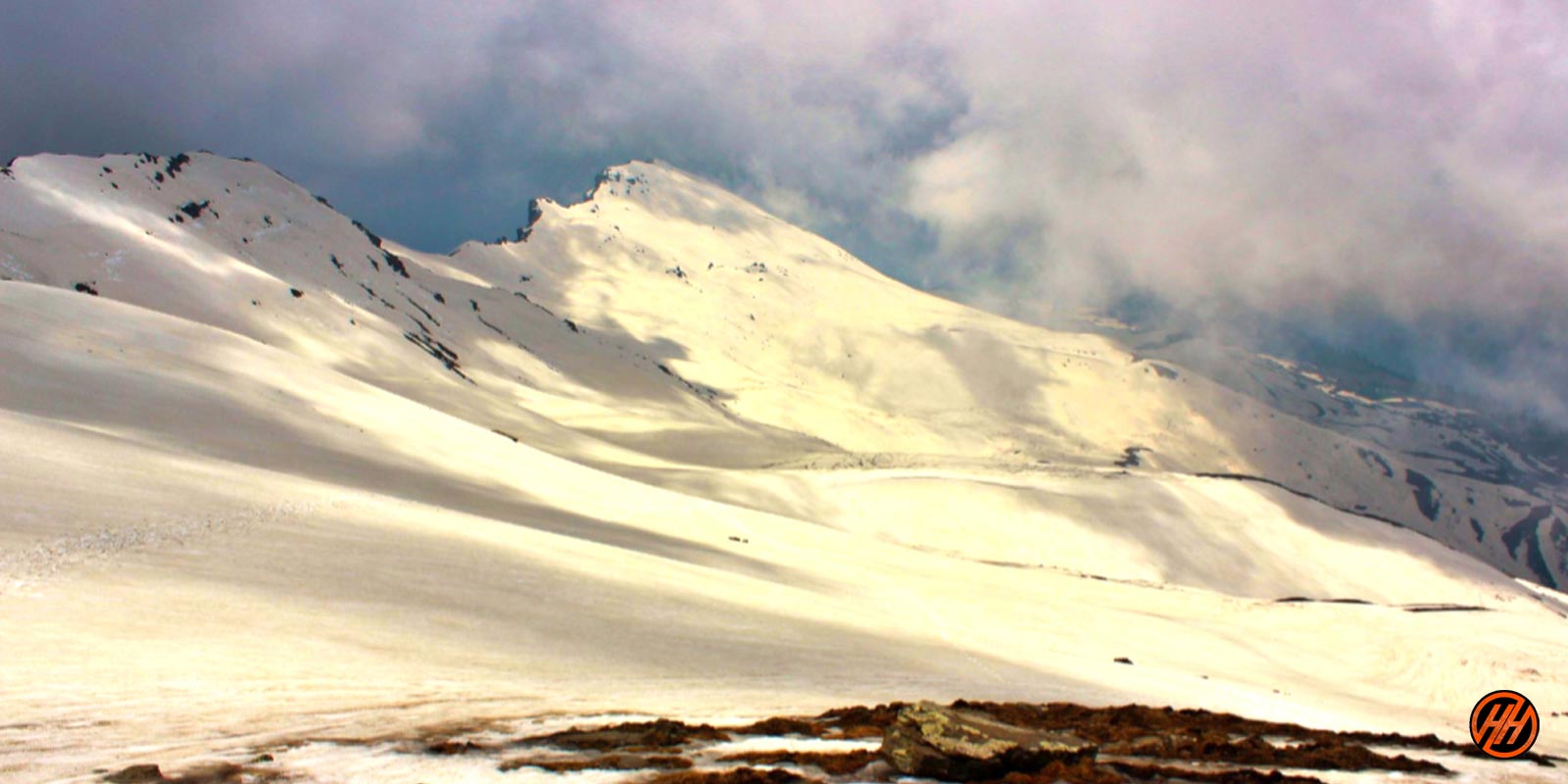
Short Itinerary of Bhrigu Lake Trek
Day 1- Pickup to you from Manali Mall Road, Near Manali Bus stand at 9:00 am Drive from Manali to Gulaba Road head (24 km) (01 Hour’ Drive same Day trek Rola Kholi Base Camo – 06 km (5/6 Hours) (12,590 feet) overnight stay at Camping
Day- 2- Early Morning Trek from Rola Khuli Base Camp to Bhrigu lake Summit (10 km) (7/8 Hours) (14,100 feet) then back to Rola Khuli Base Camp overnight stay at Camping
Day 3- Trek from Rola Khuli to Gulaba Road head (06 km) (3/4 Hours) same day drive to Manali 24 km by taxi – Reach evening 4:30 pm) (4/5 Hours)
end our service here
Your Travel Plan for Bhrigu Lake Trek?
You can book trains, air flights, and bus tickets for your journey only according to the information given by us.
The bhrigu lake trek will be of 02 nights and 3 days from Manali to Manali, including travel.
First of all, all the trekkers will have to book their flight and train bus according to our time table as our pick up is from 9:00 am to 10:00 am, you will have to reach Manali Bus Stand, Mall Road in the morning.
A taxi from Himalayan hikers will link you to the Manali bus stand, near mall road.
Himalayan Hikers organize transport to the Gulaba Road head from the Manali bus stand. Our vehicles leave at 9:00 am sharp from Manali. Sharing taxi costs include your package.
In the Manali bus stand, you will get our taxi staff that will arrange transport for you. The contacts no Transport coordinator or our office team will give you a week ago to your departure.
Please you guys book your transport facility according to your own time table, after Himalayan Hikers take all the responsibility of Manali to Manali, that you will not face any problem.
Your bhrigu lake trek ends at Manali day 03rd evening 5:30 pm. Manali is a beautiful city in Himachal here available public transport for all over State in India. Booked your return bus tickets directly Manali bus stand4.
How to Reach the Manali Bhrigu Lake Trek?
To reach Manali for the Bhrigu Lake Trek, you have several options depending on your location and preferences. Manali is well connected by road and is accessible from major cities like Delhi and Chandigarh. Here’s a step-by-step guide:
1. By Air
- Nearest Airport: Kullu-Manali Airport (Bhuntar Airport), which is about 50 km from Manali.
- Flights Available: Flights from Delhi and Chandigarh to Bhuntar are limited but available. Airlines like Air India and SpiceJet offer flights.
- From Airport to Manali: You can hire a taxi or take a local bus from Bhuntar to Manali, which takes about 1.5-2 hours.
Pro Tip: Flights to Bhuntar can be expensive and are sometimes canceled due to weather conditions. So, plan accordingly or have an alternate option in mind.
2. By Train
- Nearest Railway Stations:
- Chandigarh Railway Station (310 km from Manali)
- Ambala Cantt Railway Station (335 km from Manali)
Since there’s no direct train to Manali, you’ll need to take a train to one of these stations and then travel by road.
- From Chandigarh/Ambala to Manali: After reaching either Chandigarh or Ambala, you can hire a taxi or board a bus to Manali. The drive takes around 8-10 hours, depending on traffic and road conditions.
3. By Road
Manali is well connected by road and is one of the most popular ways to reach the town.
From Delhi to Manali (about 550 km)
- By Bus:
- Regular overnight Volvo buses run by HRTC (Himachal Road Transport Corporation) and private operators from Delhi ISBT Kashmere Gate.
- Buses take around 12-14 hours to reach Manali.
- By Car:
- If you prefer driving or hiring a cab, the drive from Delhi to Manali takes about 12-14 hours depending on traffic and road conditions.
- Route: Delhi → Chandigarh → Kullu → Manali.
From Chandigarh to Manali (about 310 km)
- By Bus: You can take a bus from Chandigarh ISBT to Manali. Buses are frequent, and it takes 8-10 hours to reach.
- By Car: The drive from Chandigarh to Manali takes about 8-9 hours.
4. Reaching the Trek Start Point (Gulaba)
Once you’ve reached Manali, the Bhrigu Lake Trek starts from Gulaba, which is about 22 km from Manali.
- How to Get to Gulaba:
- You can hire a taxi from Manali to Gulaba. The drive takes about 45 minutes to 1 hour.
- Some organized treks may arrange transportation from Manali to Gulaba, so check with your trek operator.
ATM Point and Mobile Connectivity in Bhrigu Lake
Here’s a detailed guide on ATM points and mobile connectivity for the Bhrigu Lake Trek:
ATM Points on the Bhrigu Lake Trek
- Manali: The last point where you’ll find reliable ATMs is in Manali. There are multiple ATMs from major banks like SBI, HDFC, ICICI, and Axis Bank in and around Manali town.
- Recommendation: It is advised to withdraw cash in Manali before heading to the trek, as there are no ATMs beyond Manali. Carry sufficient cash for the trek, including taxi fares, tips, meals, and other expenses.
Mobile Connectivity on the Bhrigu Lake Trek
- Manali: Mobile connectivity is good in Manali, and all major network providers such as Jio, Airtel, Vodafone, and BSNL work well.
- During the Trek:
- Gulaba: Once you leave Manali and head toward Gulaba (the starting point of the trek), mobile connectivity starts becoming spotty. Some networks like BSNL and Jio may work at times, but the signal is weak.
- On the Trek Route: After Gulaba, mobile connectivity is almost non-existent. You won’t have reliable access to calls or the internet once you move deeper into the trek and start climbing towards Rola Kholi and Bhrigu Lake.
- Near Bhrigu Lake: There is typically no mobile connectivity near the lake or at higher altitudes.
Tips for Mobile Connectivity and ATMs:
- Download offline maps and other necessary apps before leaving Manali.
- Inform your family or friends about the lack of connectivity before starting the trek.
- If you’re trekking with a group or guide, they may have satellite phones or emergency communication devices.
- Carry enough cash for the entire trek as digital payments will not work beyond Manali due to the lack of network coverage.
In short, ensure you’re prepared with cash in Manali and don’t expect mobile connectivity for most of the trek.
“Himalayan Hikers” and their offerings for the Bhrigu Lake trek. However, when choosing a trekking organization for any trek, including the Bhrigu Lake trek, it is important to consider several factors to ensure a safe and enjoyable experience. Here are some general aspects to consider when selecting a trekking organization:
- Here are several reasons why Chooes Himalayan Hikers may be an excellent choice for your trekking adventure:
1. Experienced Guides
- Local Knowledge: Their guides are typically experienced and familiar with the region, offering valuable insights into the terrain, weather conditions, and local culture.
- Safety First: Guides are trained in first aid and altitude sickness management, ensuring that safety is prioritized throughout the trek.
2. Well-Planned Itineraries
- Structured Itineraries: Choes Himalayan Hikers provide well-structured itineraries that allow for proper acclimatization and maximize your experience.
- Flexibility: They often offer flexible itineraries to cater to different fitness levels and preferences, allowing for a more personalized experience.
3. Quality Equipment
- Trekking Gear: They provide quality trekking gear, including tents, sleeping bags, and cooking equipment, ensuring a comfortable camping experience.
- Safety Equipment: Essential safety equipment is also provided, which is crucial for high-altitude trekking.
4. Eco-Friendly Practices
- Sustainable Trekking: Choes Himalayan Hikers may follow eco-friendly practices, promoting responsible trekking that minimizes environmental impact.
- Waste Management: They might implement waste management protocols, ensuring that the beautiful landscapes remain untouched.
5. Support for Local Communities
- Local Employment: By choosing a local trekking company, you contribute to the local economy and support communities in the region.
- Cultural Exchange: Their guides often foster cultural exchange, enhancing your overall trekking experience.
6. Positive Reviews and Testimonials
- Reputation: Choes Himalayan Hikers may have positive reviews and testimonials from previous trekkers, which can provide assurance of their quality service and reliability.
- Word of Mouth: Recommendations from fellow trekkers or friends can also indicate the company’s credibility.
7. All-Inclusive Packages
- Comprehensive Services: They often offer all-inclusive packages that cover transportation, meals, accommodation, and permits, reducing the stress of planning.
- Catering to Dietary Needs: They may also cater to specific dietary needs, ensuring that all trekkers are well-fed and comfortable.
8. Emergency Support
- Rescue and Support: In case of emergencies, they have protocols in place for quick evacuation and medical assistance, ensuring trekkers’ safety.
- Communication: Equipped with communication devices, they can stay connected with local authorities if needed.
9. Community Building
- Group Dynamics: They focus on building a positive group dynamic, fostering camaraderie among trekkers, which enhances the overall experience.
- Team Spirit: Their guides encourage teamwork and support, making the trek enjoyable and memorable.
10. Focus on Adventure
- Fun Activities: In addition to trekking, they may offer additional activities like campfire nights, storytelling sessions, or local music experiences, enriching your trip.
- Adventure Enthusiasts: Their passion for trekking and adventure often reflects in their service, providing a memorable experience for all trekkers.
Conclusion
Choosing Choes Himalayan Hikers for the Bhrigu Lake trek can enhance your overall trekking experience with their focus on safety, comfort, and local engagement. Their knowledgeable guides and well-organized itineraries can make your adventure not only enjoyable but also safe and culturally enriching.
We have been working in the Adventure Area with a Experience and Knowledge since 1990.
Being the locals we were always passionate about traversing Mountains and when trekking was not even properly known by the people in India, from that era we have opted Sustainable Trekking as our carrier.
The scope has increased now and many people till date have joined us.
The team we have is 200+ professionals serving in the mountains with full cooperation and dedication.
The Guides and Trek Leaders are certified in various Mountaineering courses (Basic and Advance) from Nehru Institute of Mountaineering (NIM).
Preparing your fitness level for the Bhrigu Lake trek is essential to ensure an enjoyable and comfortable experience. Here are some tips to help you get fit for the trek:
- Cardiovascular Exercise: Engage in activities that improve your cardiovascular endurance, such as jogging, cycling, swimming, or brisk walking. These exercises will help strengthen your heart and lungs, enabling you to cope better with the physical demands of the trek.
- Strength Training: Focus on building strength in your lower body, particularly your legs and core muscles. Exercises like squats, lunges, step-ups, and planks will help strengthen your muscles and improve stability during the trek.
- Trek-Specific Training: Mimic the movements and conditions you may encounter during the trek. Incorporate uphill and downhill walks or hikes into your training regimen to simulate the terrain of the trek. Use a backpack with some weight to get accustomed to carrying a load on your back.
- Endurance Training: Gradually increase the duration and intensity of your workouts to build endurance. Start with shorter sessions and gradually extend the duration to simulate the hours of trekking you’ll experience each day.
- Stair Climbing: Climbing stairs is an excellent exercise to prepare for the uphill sections of the trek. Include stair-climbing sessions in your training routine to strengthen your leg muscles and improve your cardiovascular fitness.
- Flexibility and Stretching: Perform regular stretching exercises to improve flexibility and prevent muscle soreness. Focus on stretching your leg muscles, back, and shoulders, as these areas are often involved in trekking.
- Hydration and Nutrition: Stay hydrated throughout your training period and during the trek itself. Drink plenty of water and include a balanced diet rich in carbohydrates, proteins, and healthy fats to provide the necessary energy for your workouts and trek.
- Practice Hiking with Gear: As you get closer to your trek date, go on practice hikes with the gear you plan to carry during the Bhrigu Lake trek. This will help you assess the weight, adjust the backpack, and get comfortable with the load on your back.
Here’s a comprehensive FAQ for the Bhrigu Lake Trek to help you prepare for your adventure:
Bhrigu Lake Trek FAQ( Frequently Asked Questions Bhrigu Lake Trek
1. What is the best time to go for the Bhrigu Lake Trek?
- The ideal time is from mid-May to October, with June and September being the most favorable months. July and August are the monsoon months, which may cause slippery trails.
2. What is the difficulty level of the trek?
- The trek is considered moderate, suitable for beginners with some fitness level. It involves steep ascents and can pose altitude challenges.
3. How long does the trek take?
- The trek typically takes 3-4 days, covering about 25-30 km in total. The daily trekking hours range from 4 to 7 hours.
4. What is the highest altitude reached on this trek?
- The highest point of the trek is Bhrigu Lake, which is situated at an altitude of approximately 4,300 meters (14,100 feet).
5. Do I need prior trekking experience?
- While prior trekking experience is beneficial, it is not mandatory. Beginners with a decent fitness level can complete the trek with proper preparation.
6. Is it safe to trek alone?
- It’s advisable to trek with a guide or a group, especially if you are a beginner. Solo trekking in remote areas can be risky due to altitude sickness and unpredictable weather.
7. What should I pack for the trek?
- Essential items include:
- Warm clothing (layers for varying temperatures)
- Waterproof jacket
- Sturdy trekking shoes
- Sleeping bag and mat (if camping)
- Trekking poles
- Water bottles and purification tablets
- First aid kit
- Snacks and energy bars
8. Are there any ATMs along the trek?
- The last ATM is in Manali. There are no ATMs beyond Manali, so withdraw enough cash before starting the trek.
9. Is there mobile connectivity on the trek?
- Mobile connectivity is good in Manali, but it becomes weak as you ascend. There is typically no connectivity near Bhrigu Lake or at higher altitudes.
10. What kind of accommodation can I expect?
- Accommodation is usually in the form of tented camps set up by trekking companies. Some itineraries may also include stays in guesthouses in Manali before and after the trek.
11. Can I take my children on this trek?
- While older children (above 10 years) can manage the trek, it’s crucial to assess their fitness level and adaptability to high altitudes. Consult a pediatrician if unsure.
12. What should I do in case of altitude sickness?
- If symptoms of altitude sickness (headache, nausea, dizziness) appear, it is essential to:
- Stop ascending and rest.
- Stay hydrated and eat something light.
- Descend to a lower altitude if symptoms worsen.
13. How do I get to Manali for the trek?
- You can reach Manali by:
- Air: Fly to Kullu-Manali Airport (Bhuntar) and take a taxi.
- Train: Travel to Chandigarh or Ambala and then take a bus or taxi to Manali.
- Road: Take a bus or drive from Delhi or Chandigarh.
14. What permits are required for the trek?
- No special permits are required for the Bhrigu Lake trek, but it’s advisable to check with your trekking company for any local guidelines or regulations.
15. What is the group size for the trek?
- Trekking groups can vary in size, typically ranging from 4 to 15 members. Smaller groups offer a more personalized experience.

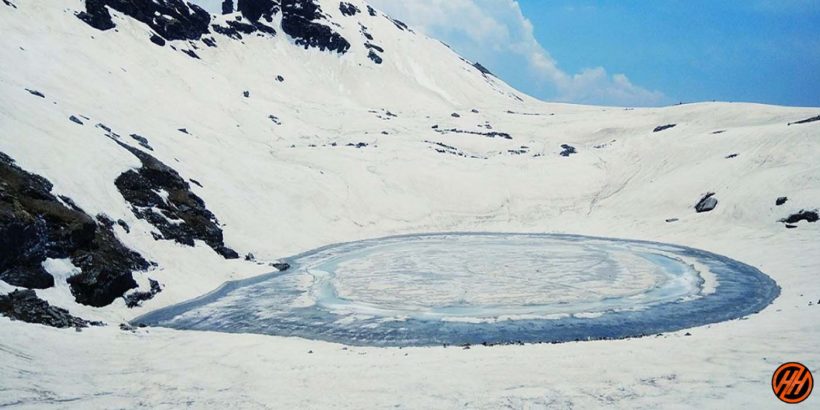
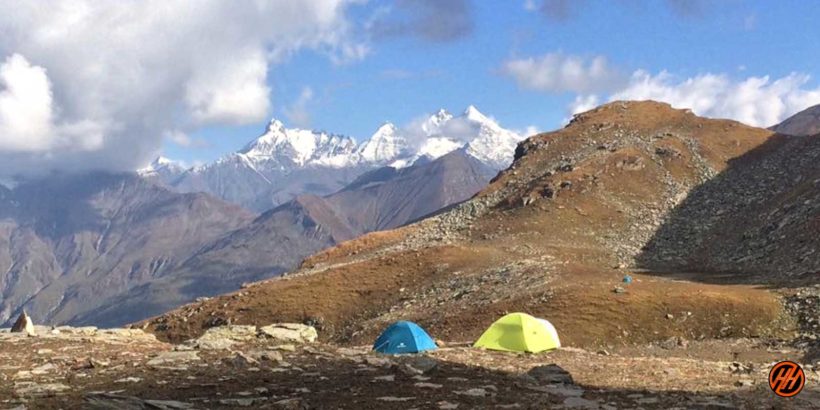
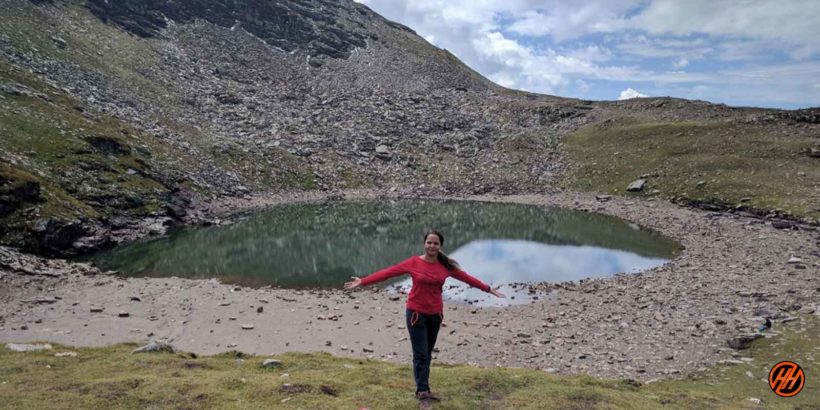
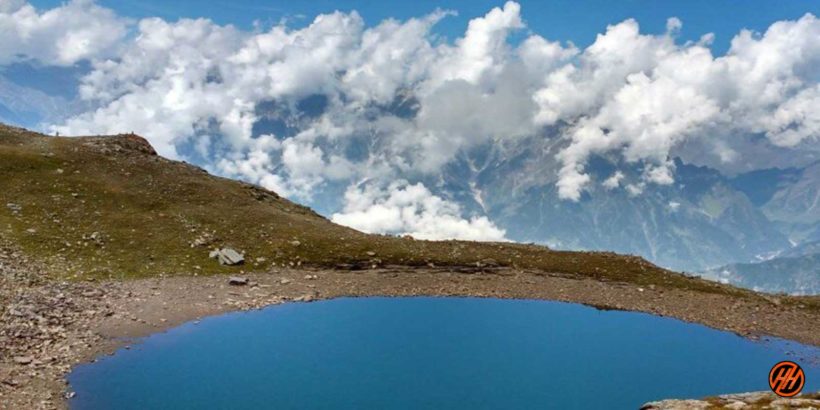
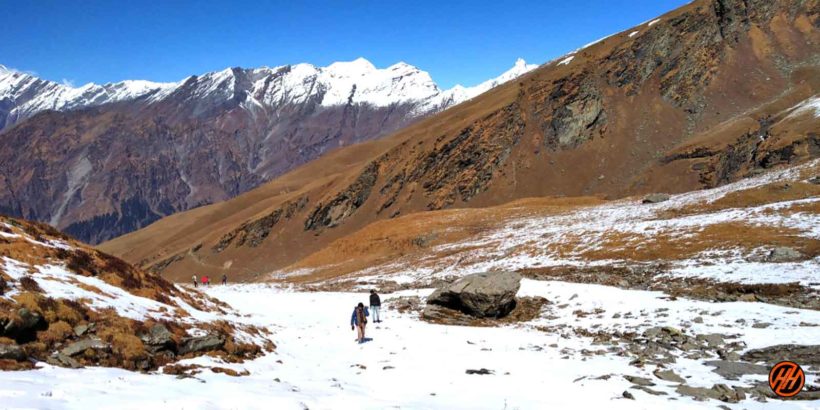
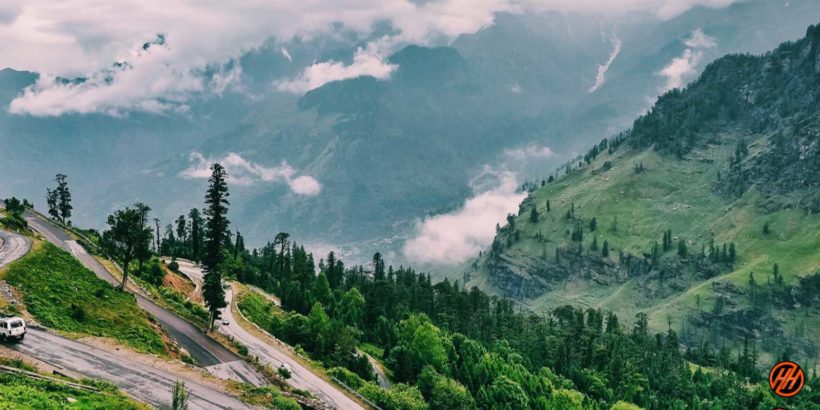
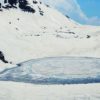
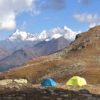
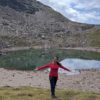
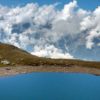
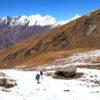
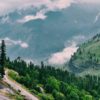
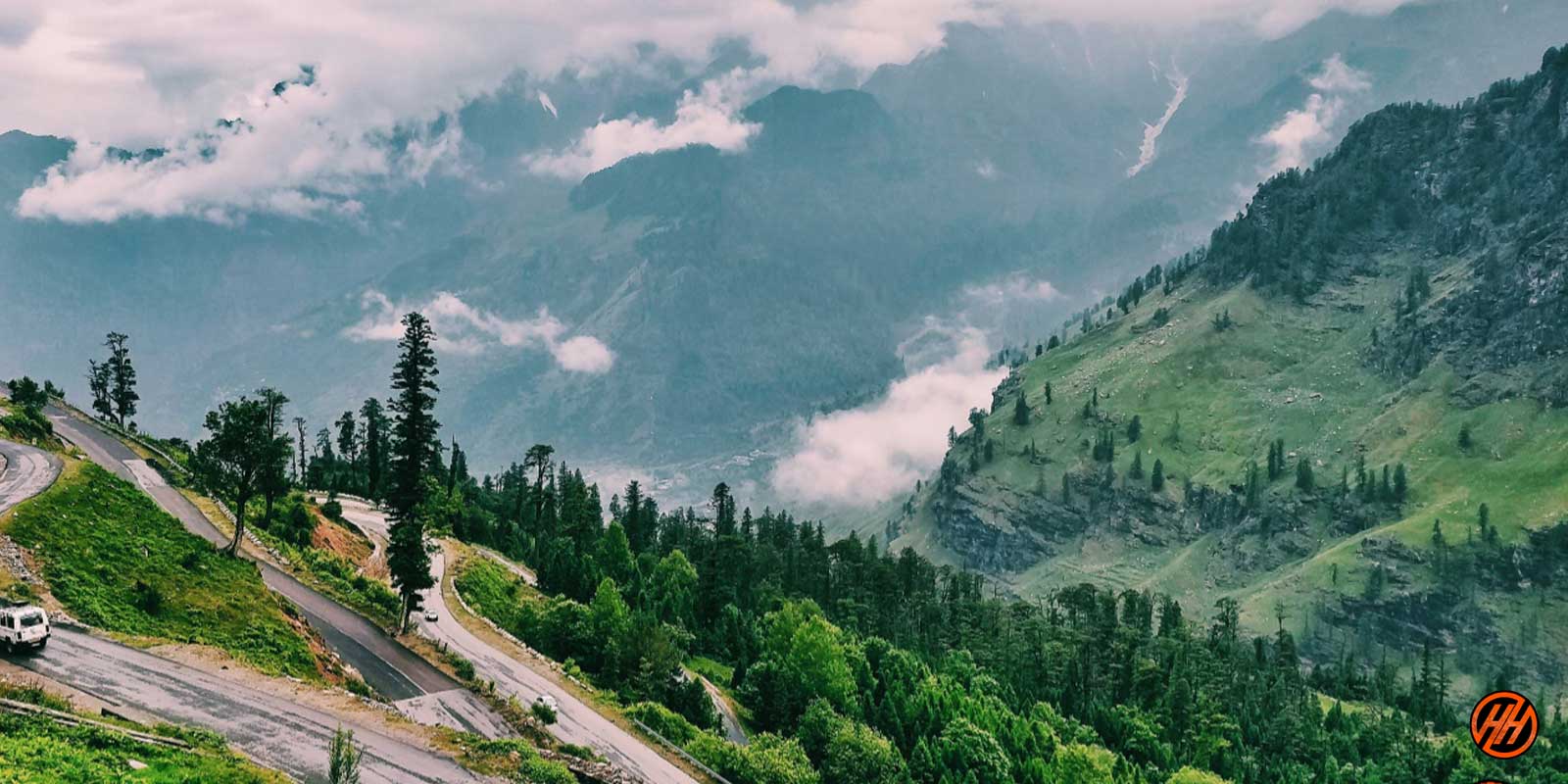
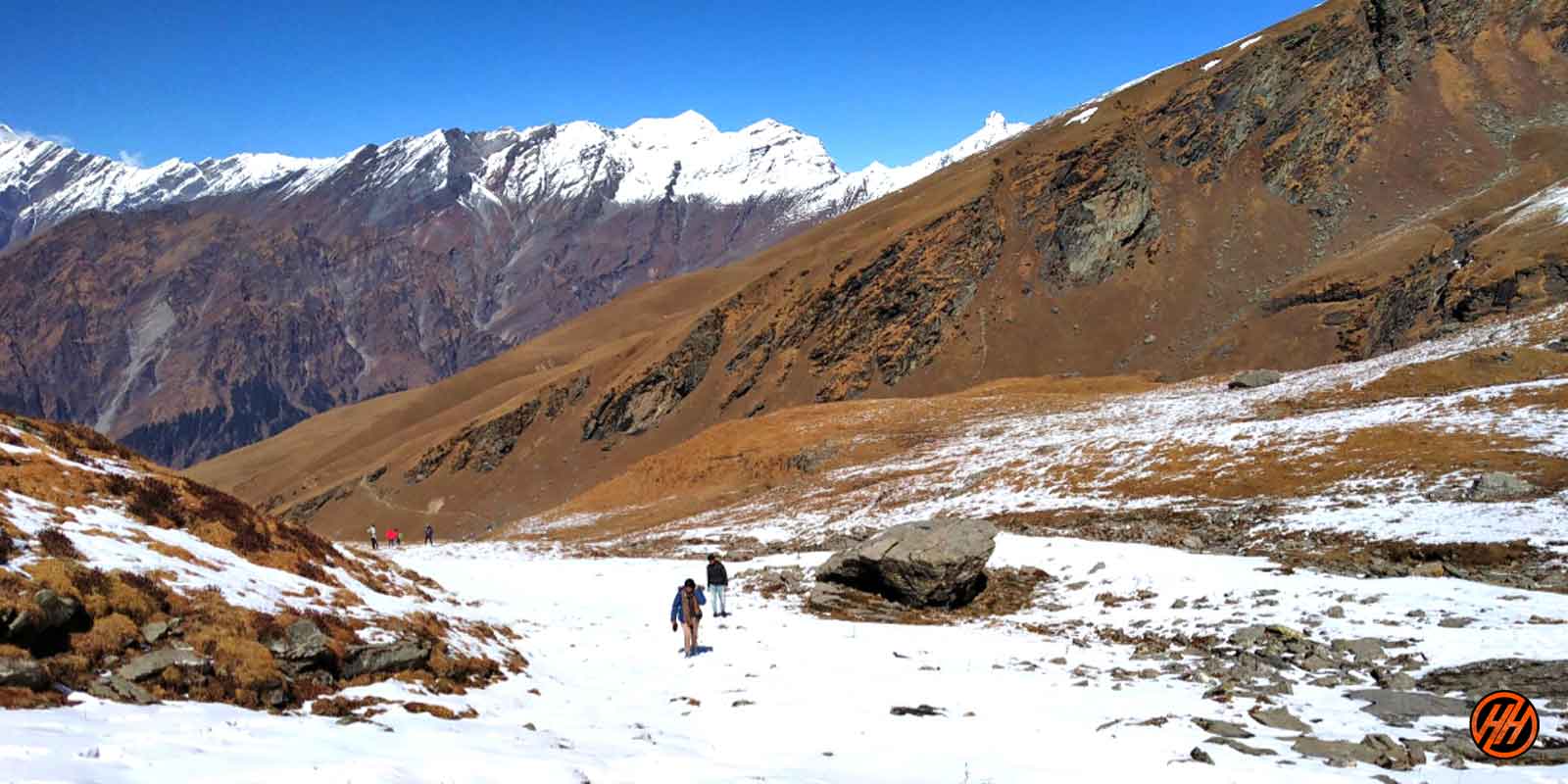
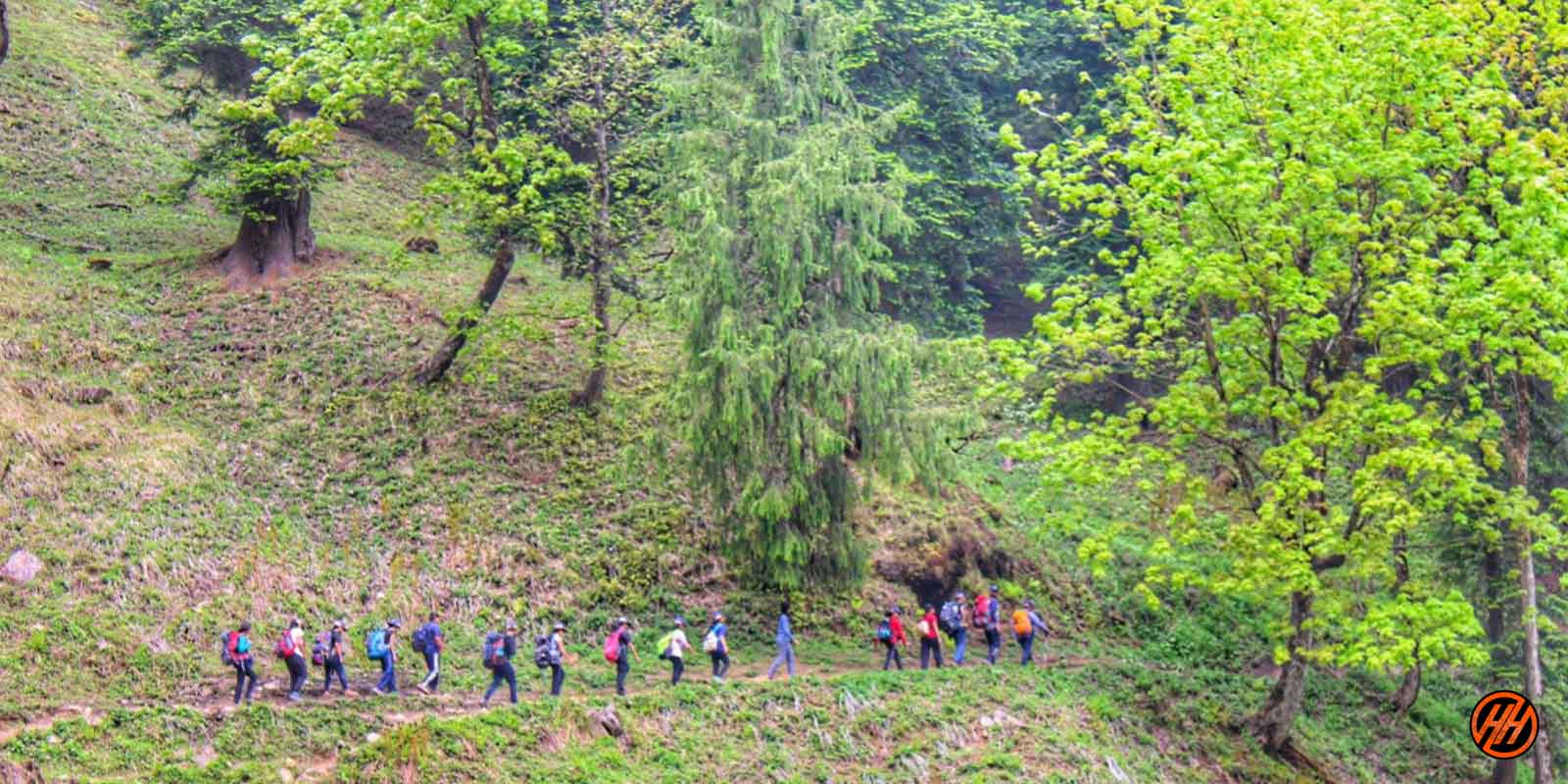
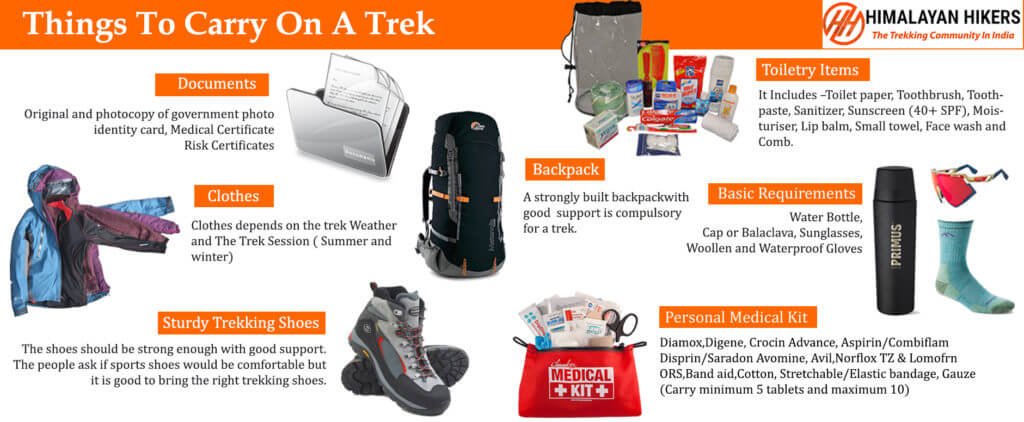
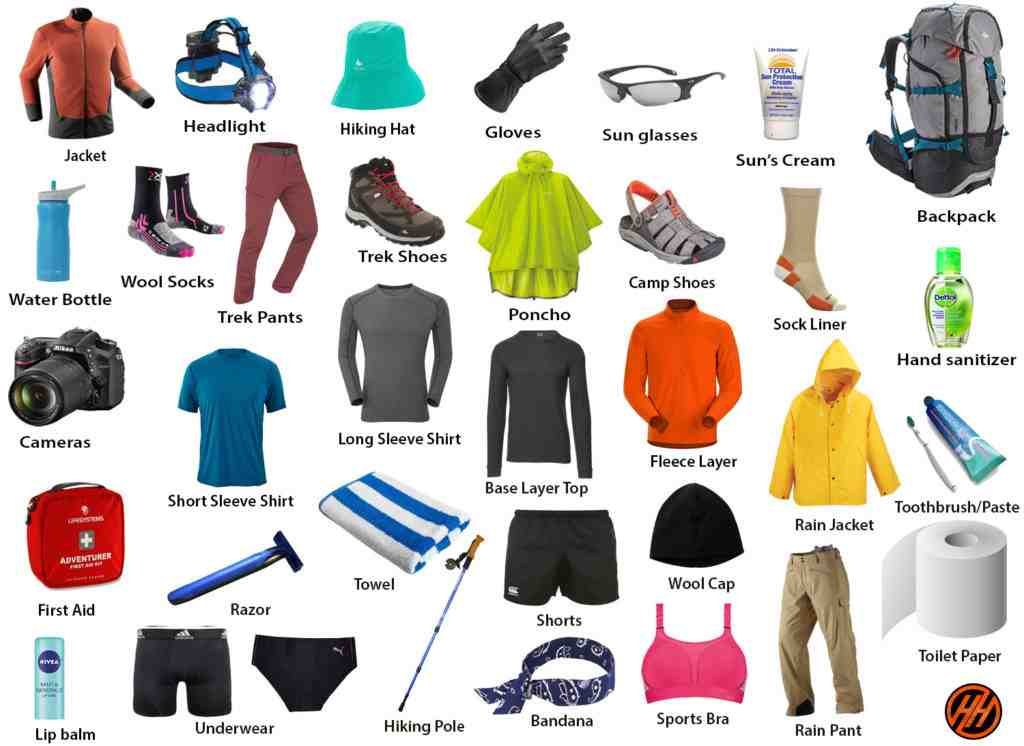
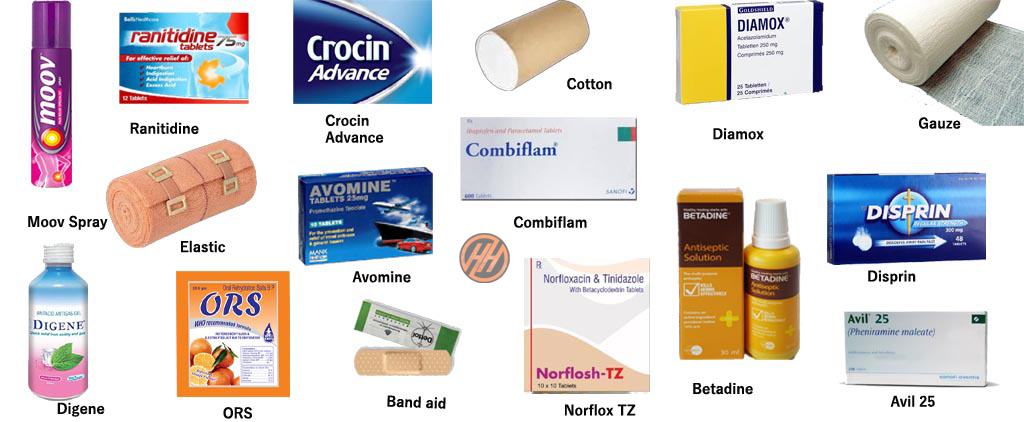
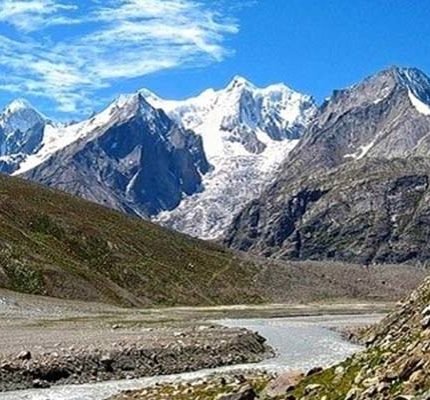

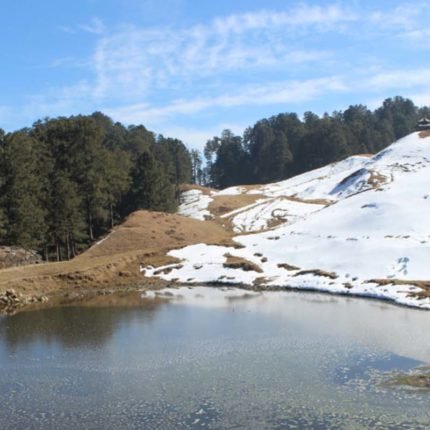
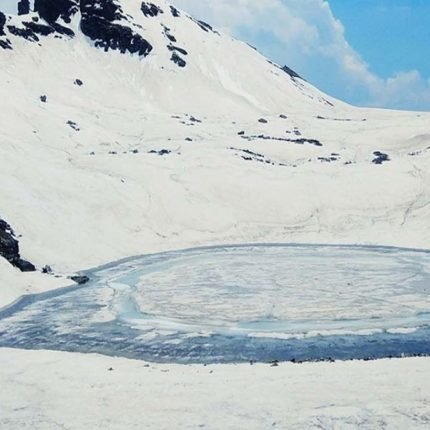
Reviews
There are no reviews yet.